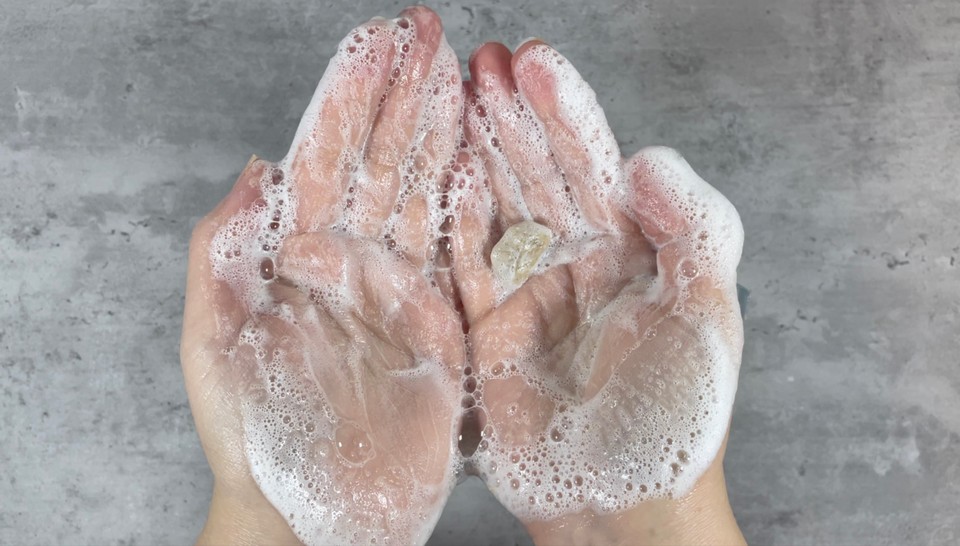Amla Shampoo Bar
In this recipe, we will make an Amla shampoo bar. This recipe is 200g which makes 2 bars.
This shampoo bar is best for straight and wavy hair types. Please check this post here if you want to read about hair types and each type's needs.
Amla powder consists of Indian Gooseberry leaves grounded to powder. Amla’s most widely known benefits are for hair health. Amla contains antioxidants, fatty acids, vitamin C and tannins. All of those make Amla powder fit to treat most hair issues. Amla’s high concentration of vitamin E may help slightly increase the rate of hair growth. Applying vitamin E may promote cell regeneration in the given area. Vitamin C and other antioxidants found in Amla powder can help skin cells regenerate and minimize dandruff.
There have been cases of amla allergies. Make a patch test on a small area to avoid an allergic reaction.
Amla powder is not suitable for infants or children products.
In this shampoo bar, I use Amla infused oil (fractionated coconut oil), and Amla powder. To read about how to infuse oil check this post.
Amla powder has green-brown color. This shampoo bar will take the color of the Amla powder. There is no need to add other colorants.
For alternative ingredients check the notes at the end of the post.
Ingredients:
Phase A
- SCI (Sodium Cocoyl Isethionate) 100g
- Stearic acid 7g
- Corn starch 40g
- Amla infused oil 14g
- Amla powder 10g
Phase B
- Cocamidopropyl Betaine 12g
- Panthenol 2g
- Glycerin 4g
Phase C
- Preservative 2g
- Fragrance essential oil 2g
- Coco caprylate 5g
- Maca extract (Lepidium Meyenii Root Extract) 2g
Method:
- In a heat-resistant beaker, add the solid surfactant. In this recipe, I'm using SCI.
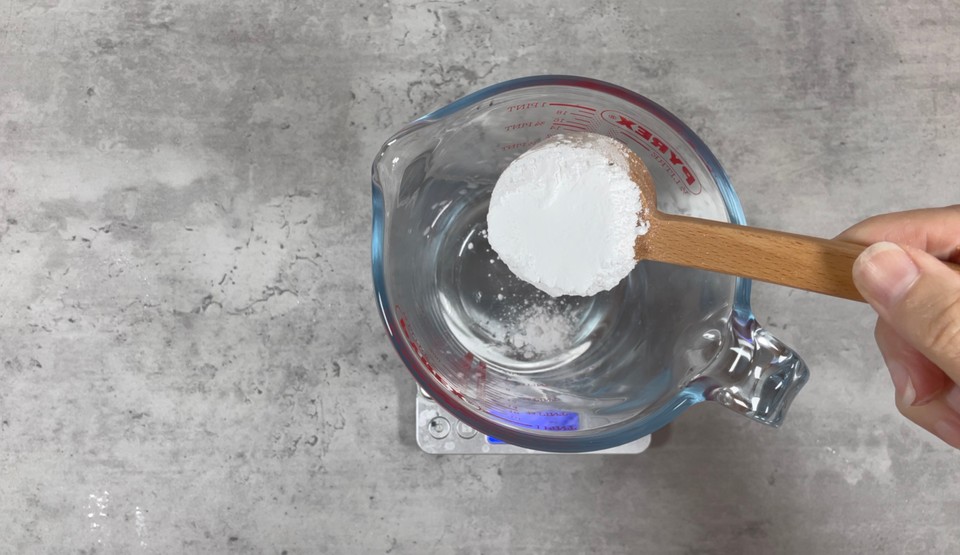
- Add the stearic acid.
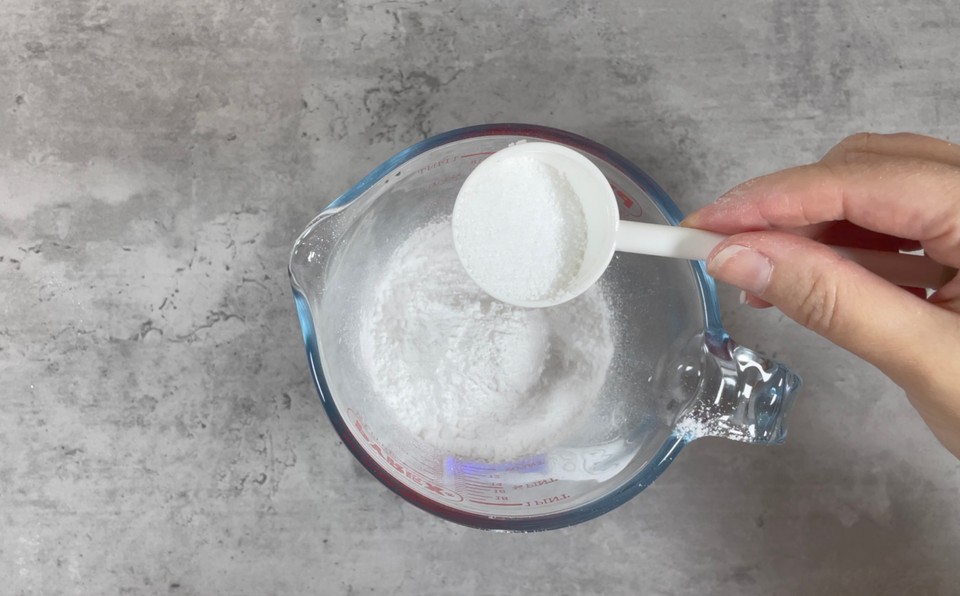
- Add the cornstarch.
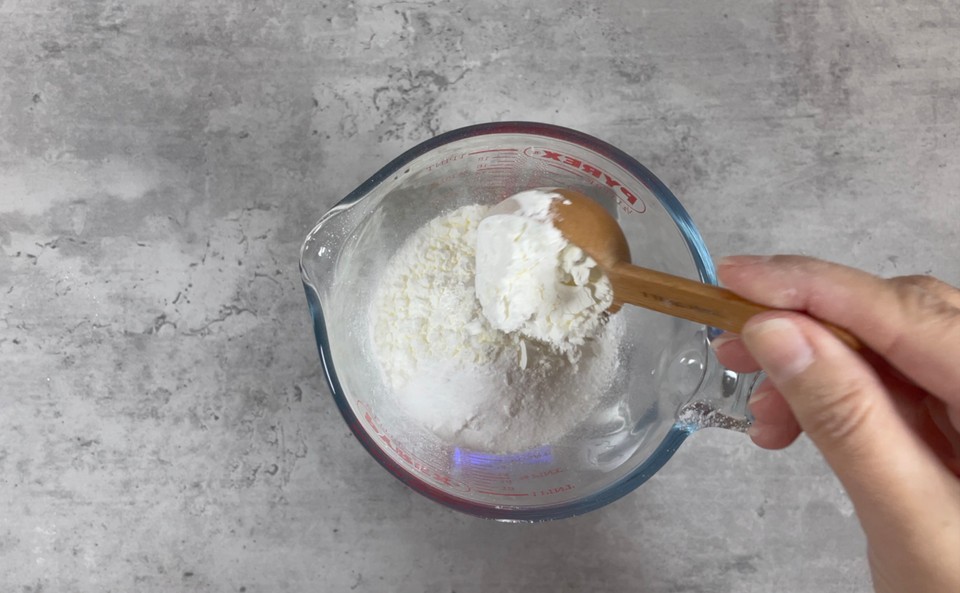
- Add the amla powder.
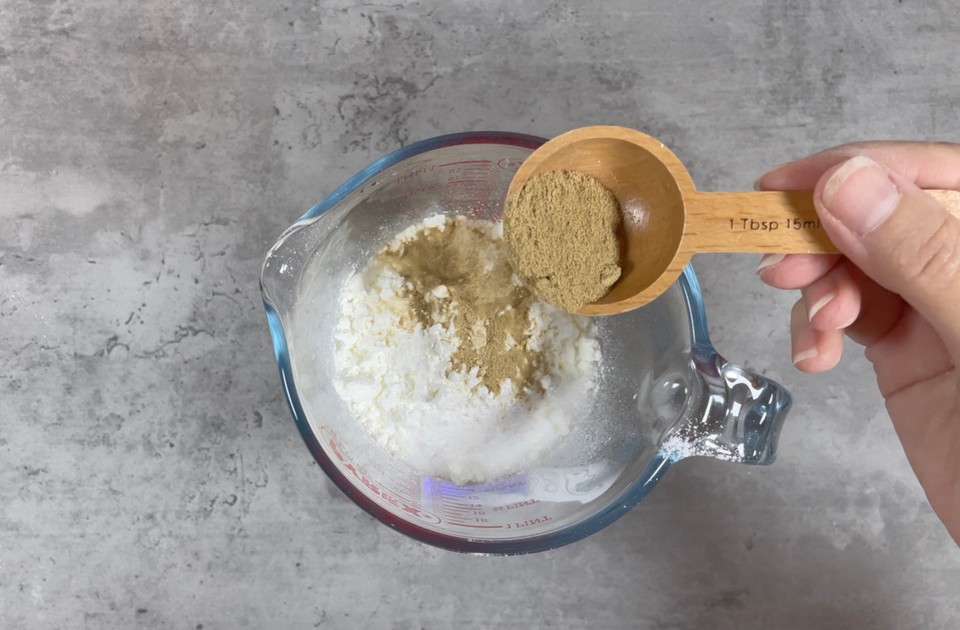
- Add the amla infused oil and set it aside.
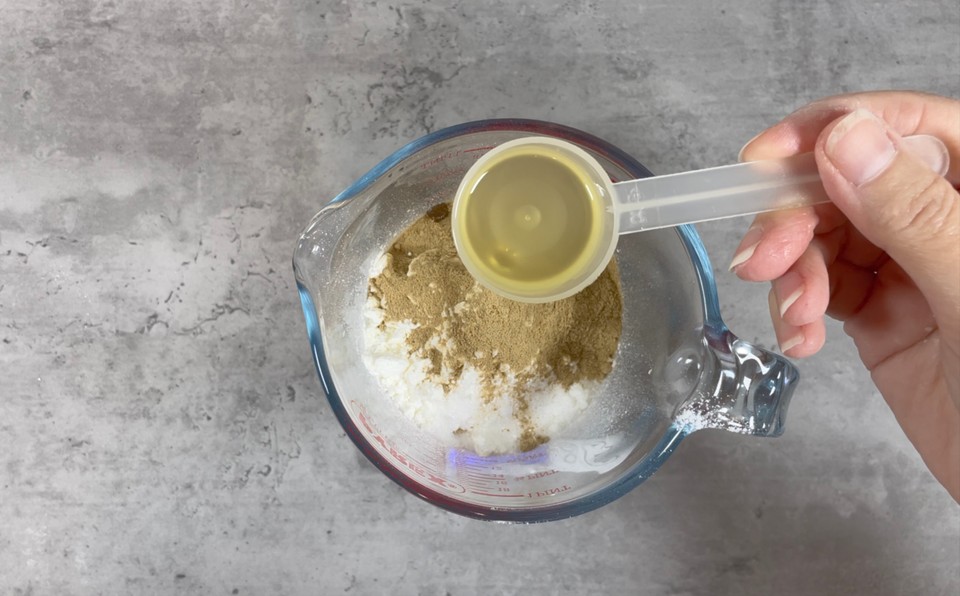
- In a different container, add phase B, start with the liquid surfactant (Cocamidopropyl Betaine).
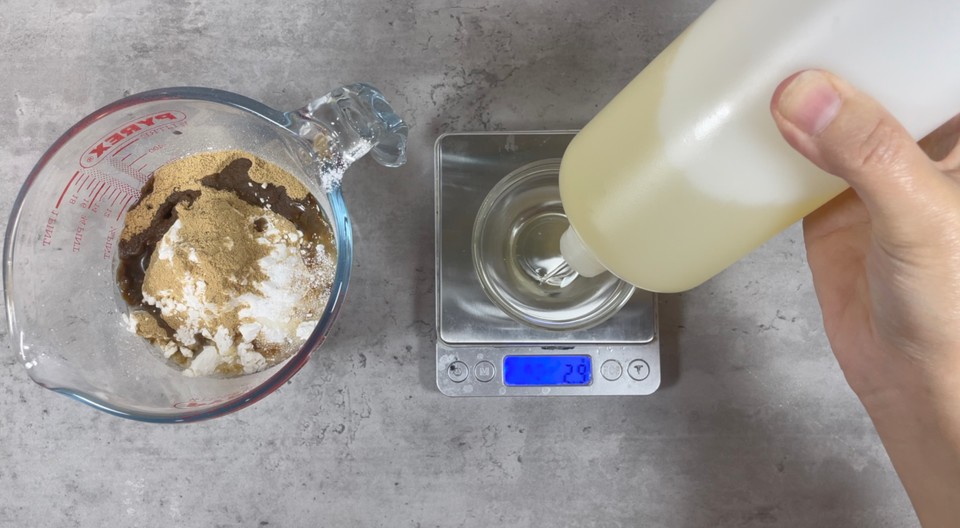
- Add the panthenol.
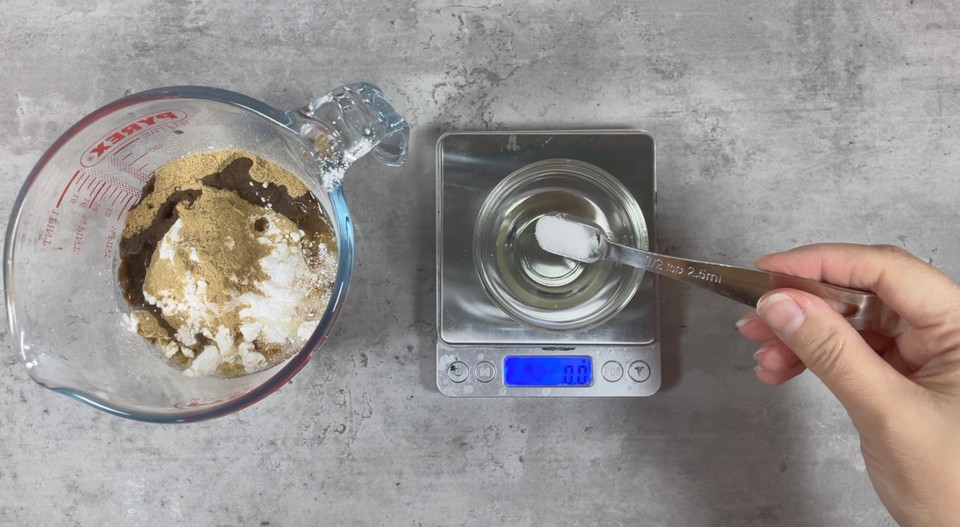
- Add the glycerin and mix well to combine.
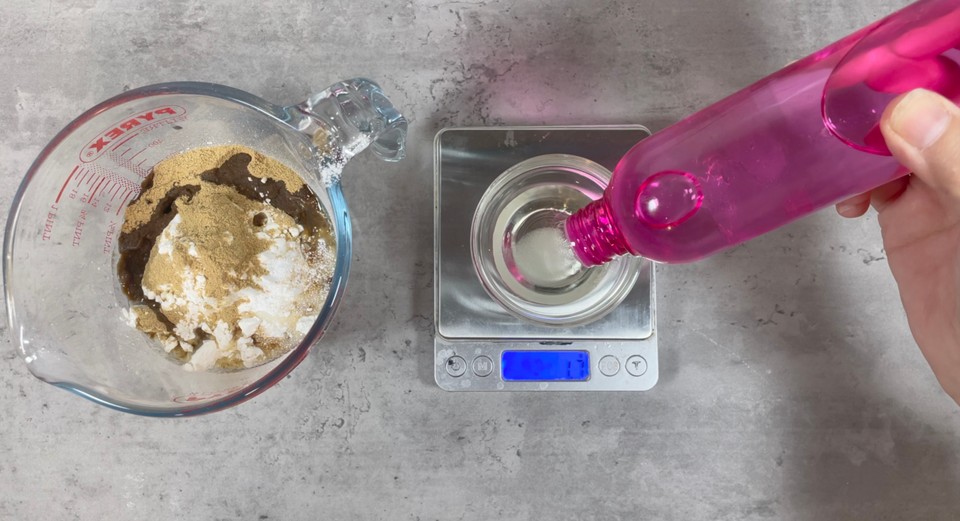
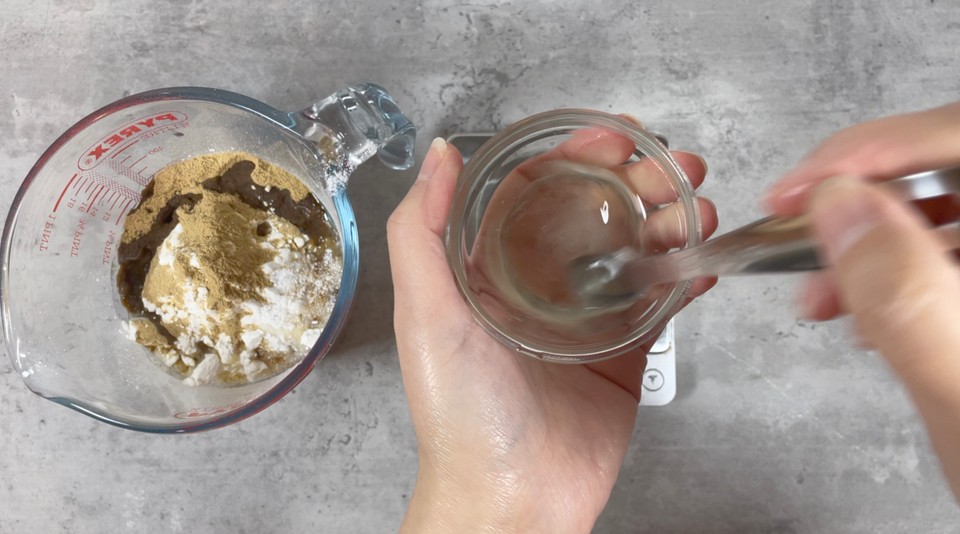
- Add phase B to phase A and mix it.
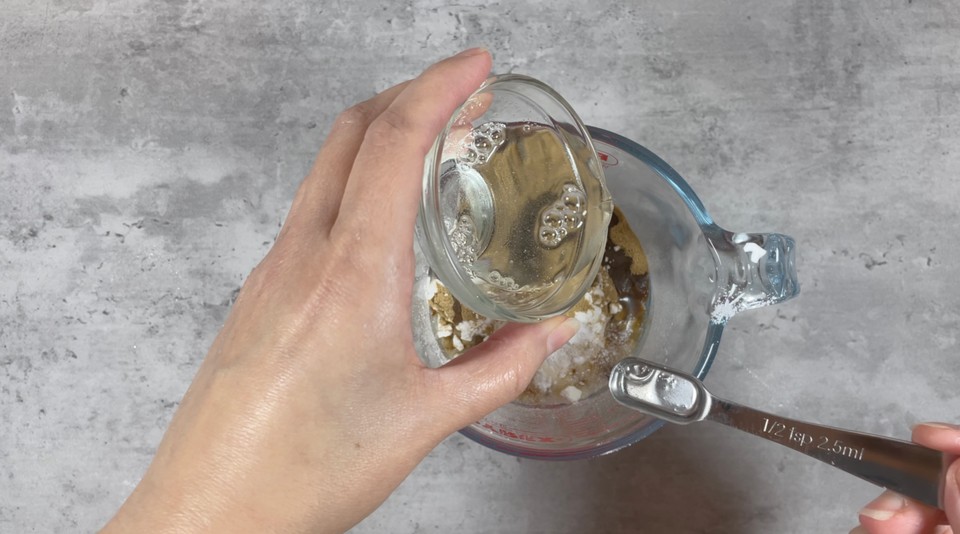
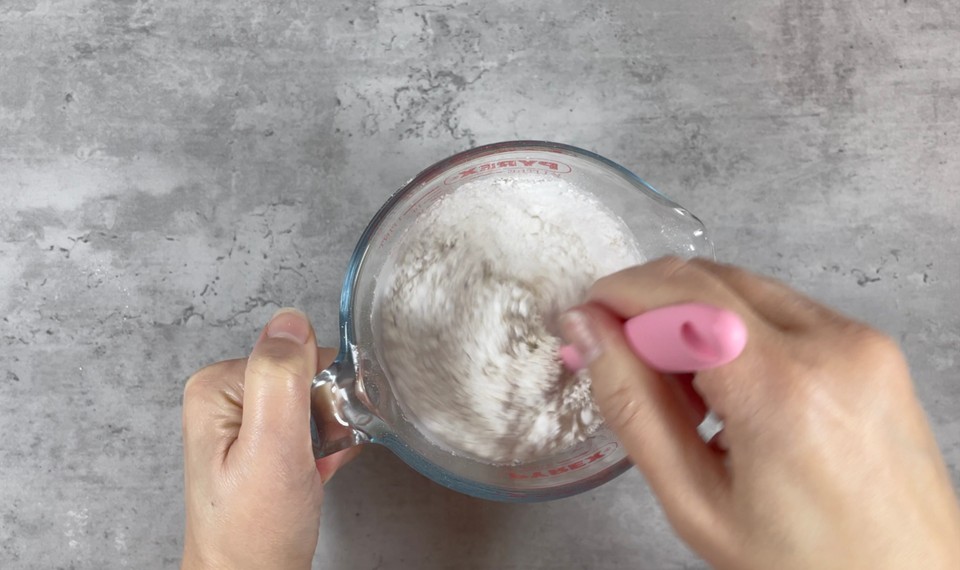
- Place the beaker in a double boiler on medium heat (give it a mix now and then).
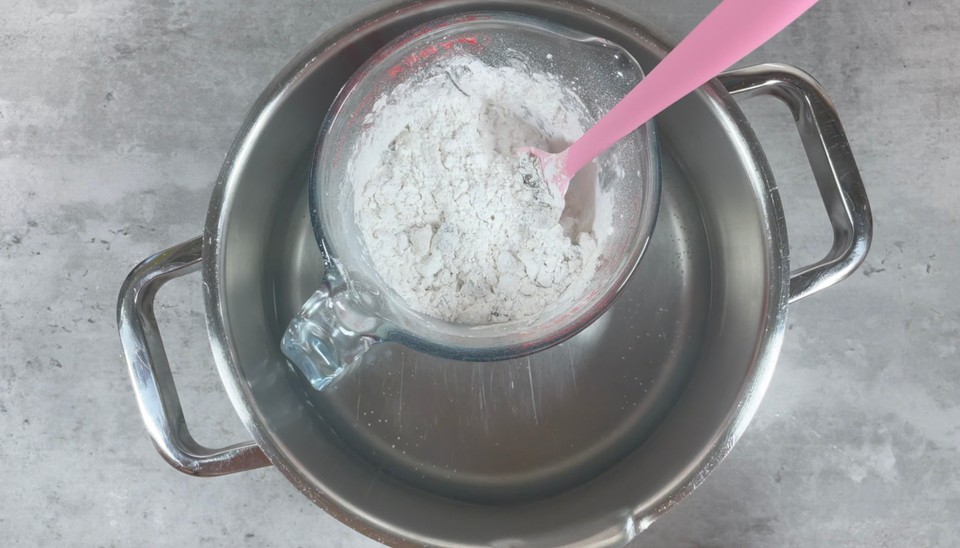
- Prepare phase C. In a separate container, add the preservative.
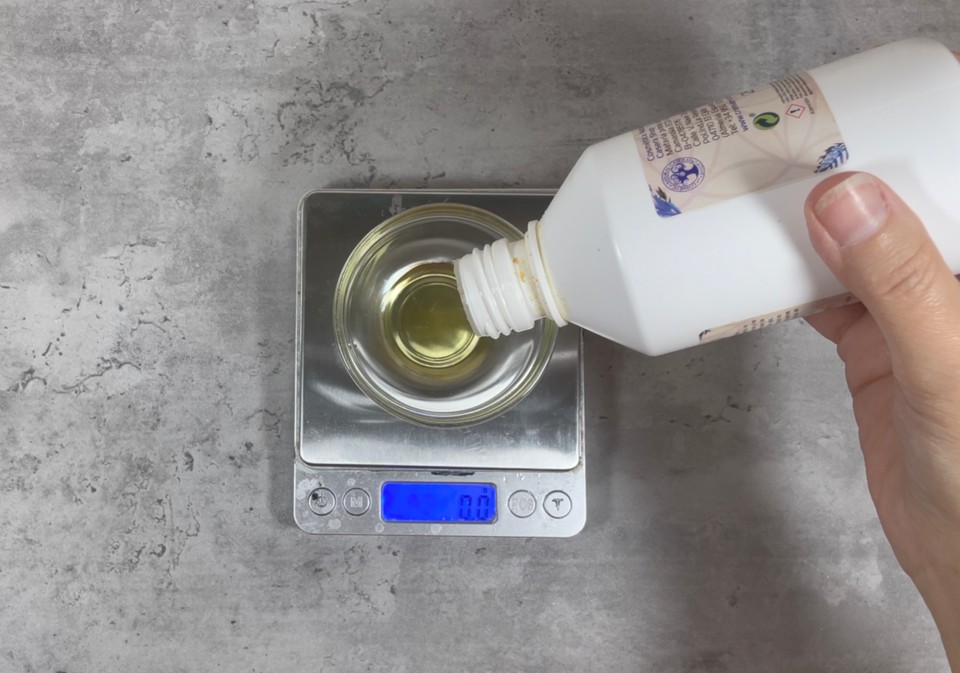
- Add the fragrance (or essential oil).
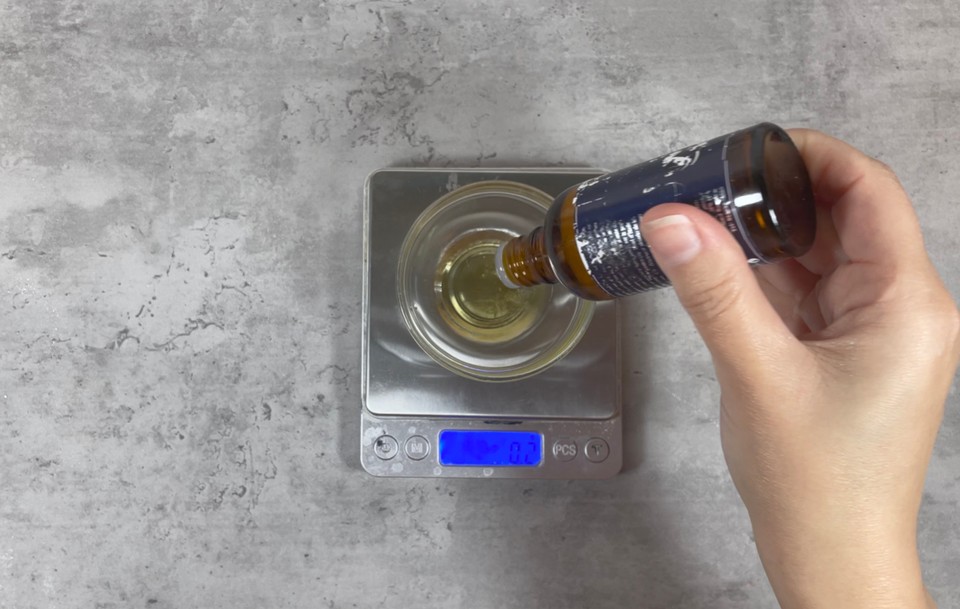
- Add coco caprylate.
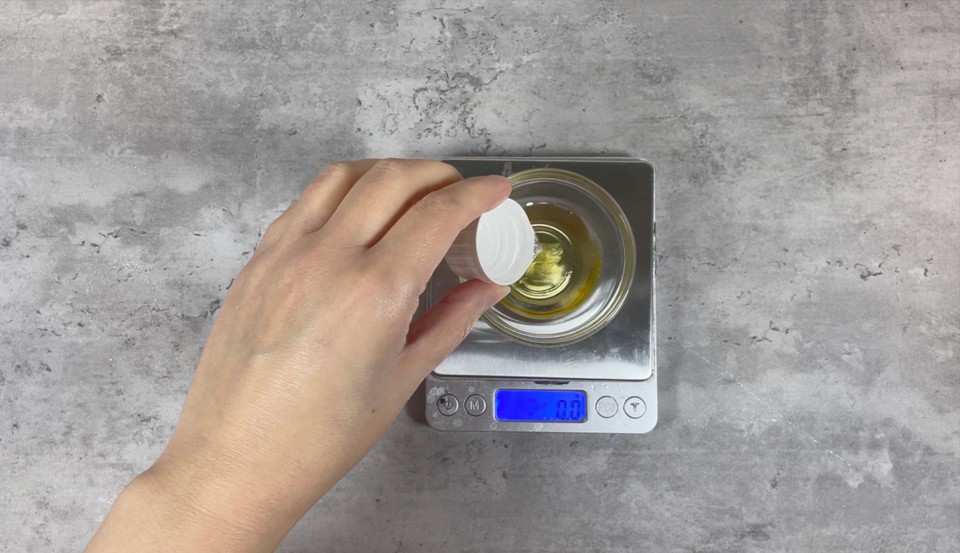
- Add the maca extract, set aside phase C.
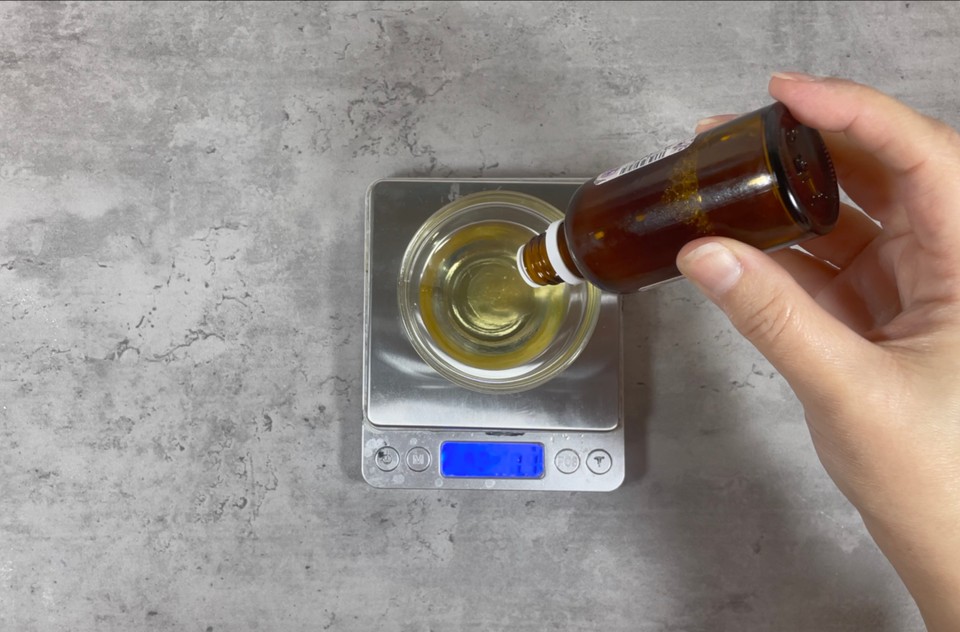
- After 15-20 minutes, remove phase A from the heat and stir. The consistency should be similar to damp sand.
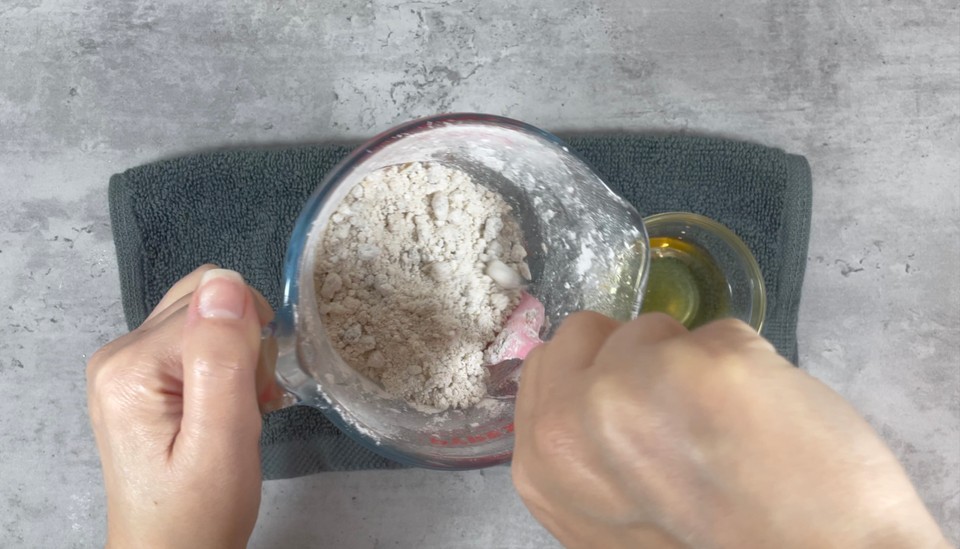
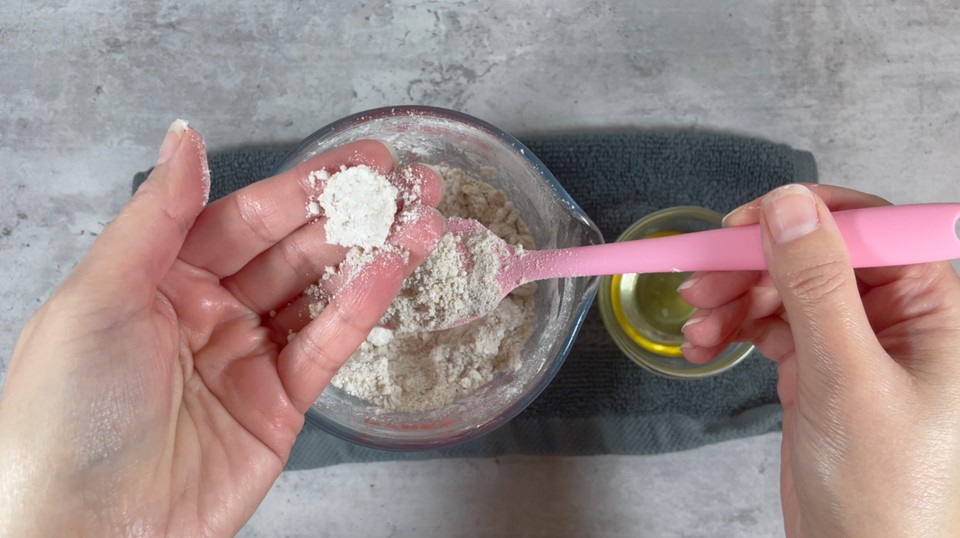
- Add phase C and mix. The consistency should become a paste.
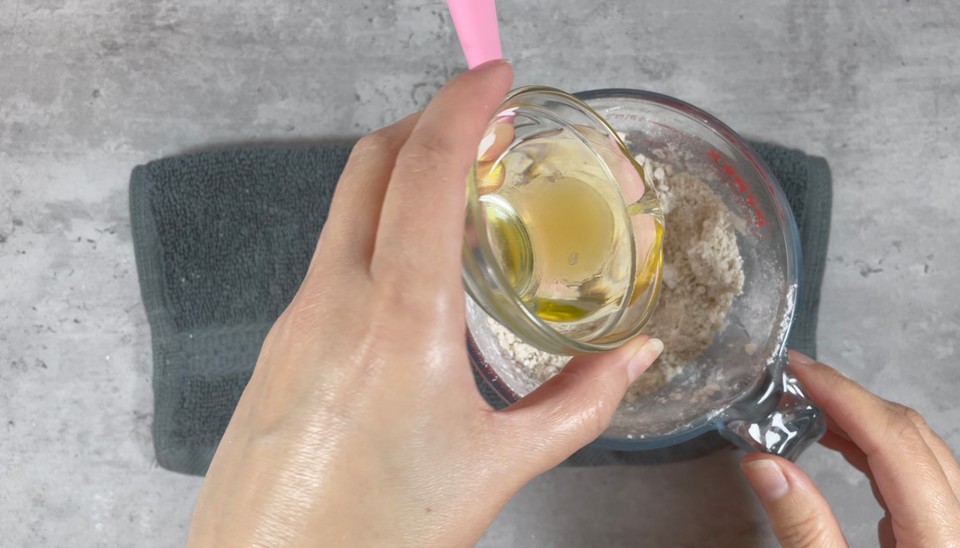
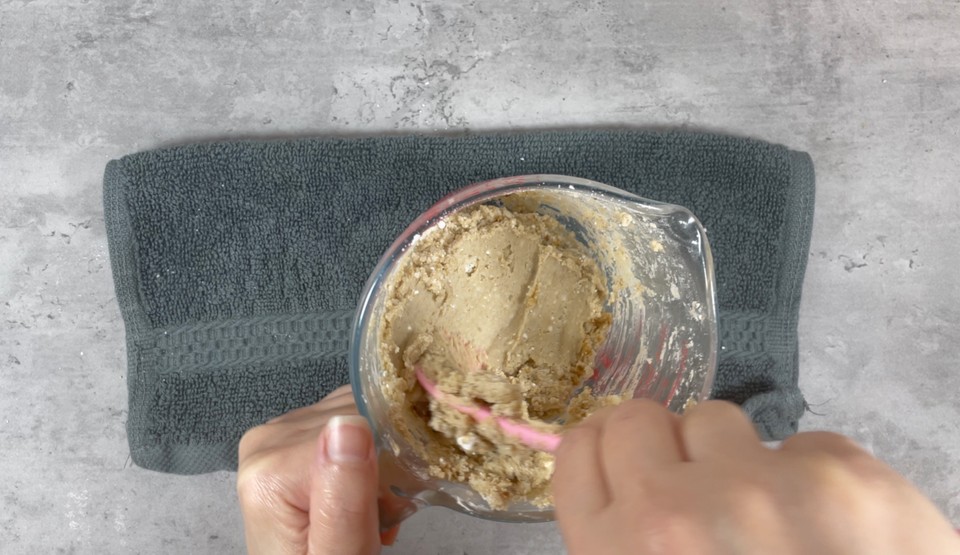
- Check the PH. You can adjust the PH in this stage, as the bar is not hard yet. To read more about PH adjustment, check this post.
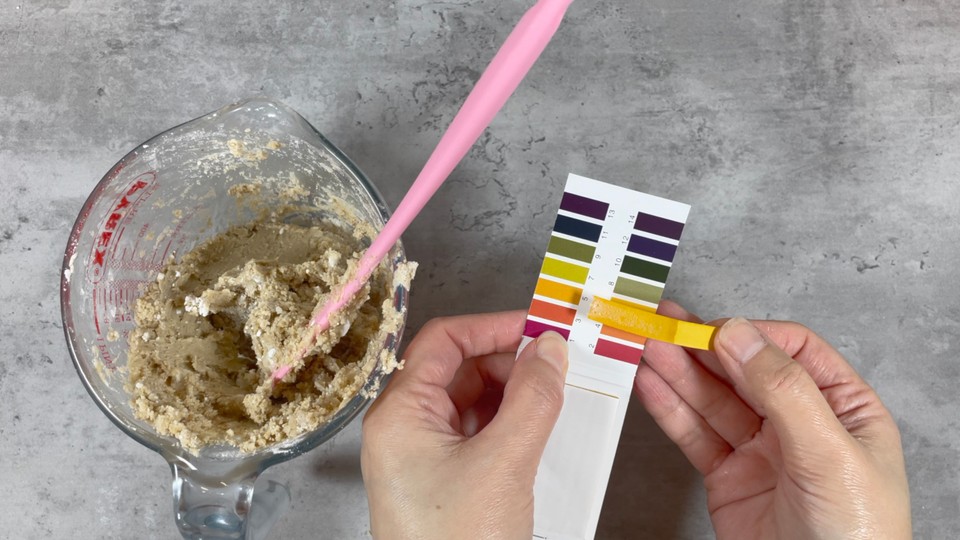
- Move the mixture into a mold or a press mold, or shape it with your hands.
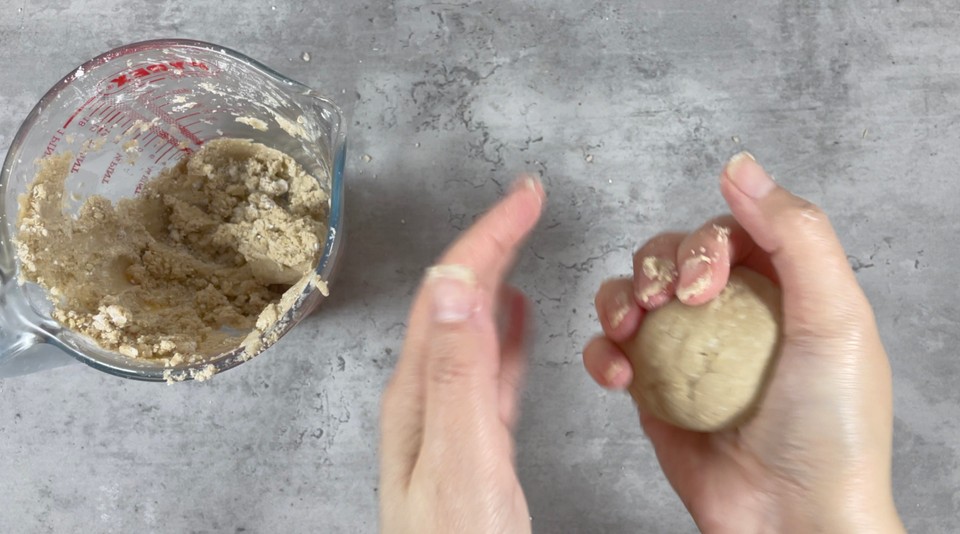
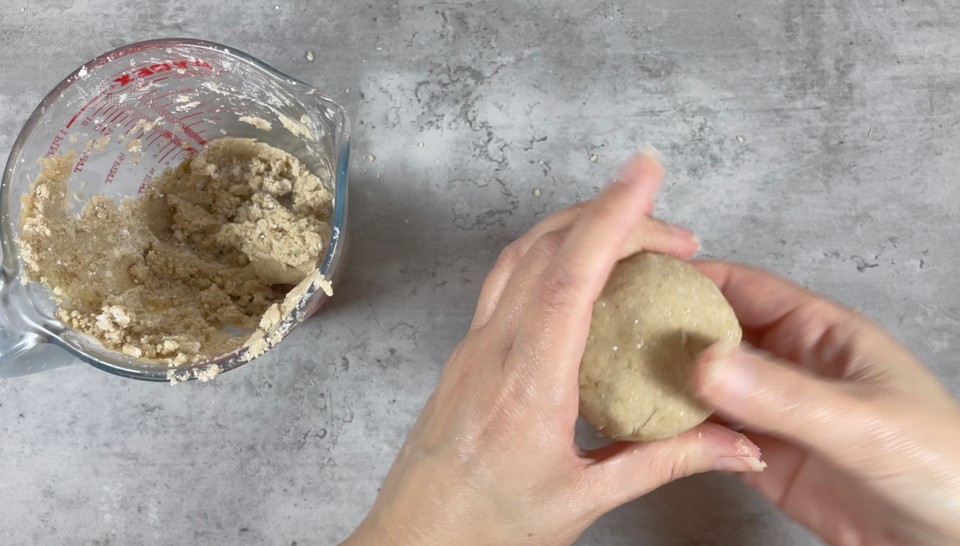
- Leave the shampoo bar to sit for 24 hours before use.
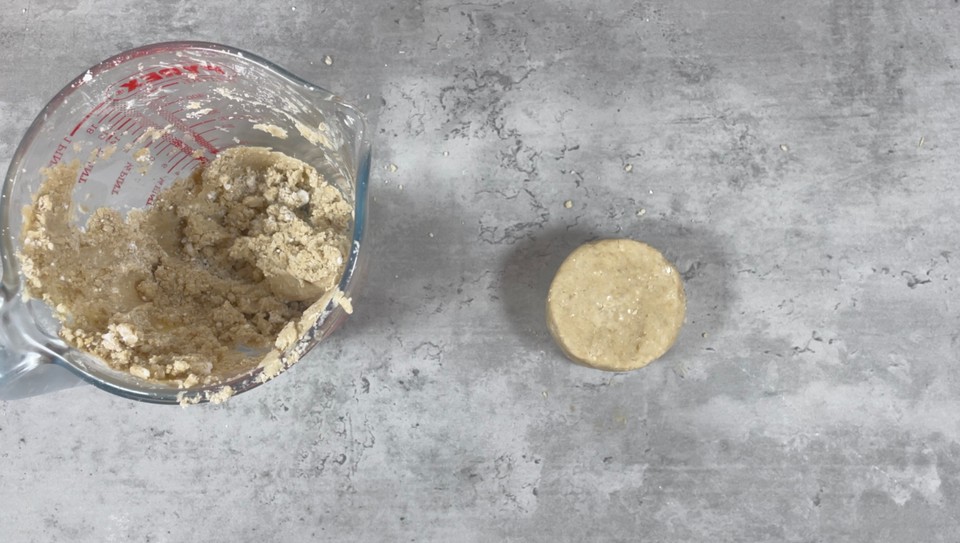
Notes:
You can choose different solid surfactants. You can use one or combine two surfactants. I am using SCI. You can swap it with Sodium Coco-Sulfate (SCS), Disodium Cocoyl Glutamate, Sodium Lauroyl Glutamate, Sodium Cocoyl Glutamate, Sodium Lauryl Sulfoacetate (SLSA).
You can swap the cornstarch with arrowroot powder or tapioca starch, or you can skip the starch and add more solid surfactant instead of the starch.
If you don't have stearic acid, you can use a combination of cetyl alcohol and berry wax (3g cetyl alcohol and 4g berry wax). It won't give you the same result as stearic acid.
If you don't want to infuse the oil with amla, you can use any carrier oil you like, such as jojoba oil, coconut oil, argan oil, hazelnut oil, and avocado oil.
I'm using Cocamidopropyl Betaine (amphoteric surfactant) for my liquid surfactant. If you only have solid surfactants, you can add 8g of solid surfactant to phase A and use 4g distilled water or aloe vera juice in phase B to mix with the panthenol and glycerin.
Panthenol (vitamin B5) reduces static in the hair. It is an excellent moisturizer. It can be replaced with: vegetable inulin powder, Hydrolyzed wheat protein, or allantoin. If you choose allantoin, use only 1g of allantoin and add 1g to the glycerin amount, so a total of 1g allantoin and 5g glycerin.
Check your preservative's supplier instructions to decide the percentage of preservative to use in a shampoo bar and the PH level suitable for the specific preservative.
I'm using mango fragrance oil. You can use essential oil (check that the essential oil you choose is not irritating to the skin and is safe to use, not all essential oils can be used in hair care or skincare products).
Coco caprylate is a natural silicone alternative. You can use other silicone alternatives such as Isoamyl Laurate (a plant-based ester oil), Squalane, LexFeel® Natural, or VEGELURON®.
If you don't have silicone alternatives, you can replace them with fractionated coconut oil, jojoba oil, or castor oil. They won't give the same feeling or texture, but they will also nourish the hair and add moisturizing properties to the shampoo. You can add them to phase A.
I added Lepidium Meyenii Root Extract (maca extract) since it's an excellent additive for hair care products. If you don't have this extract, you can add any extract you usually use for hair products or skip it and add 2g of amla infused oil instead (to phase A).
I try to give you as many alternatives as I can think of, remember you can play with the recipe swap ingredients and doses to create your personalized shampoo bar. Keep in mind that if the recipe is for 200g, you need to reach 200g after all the changes.
